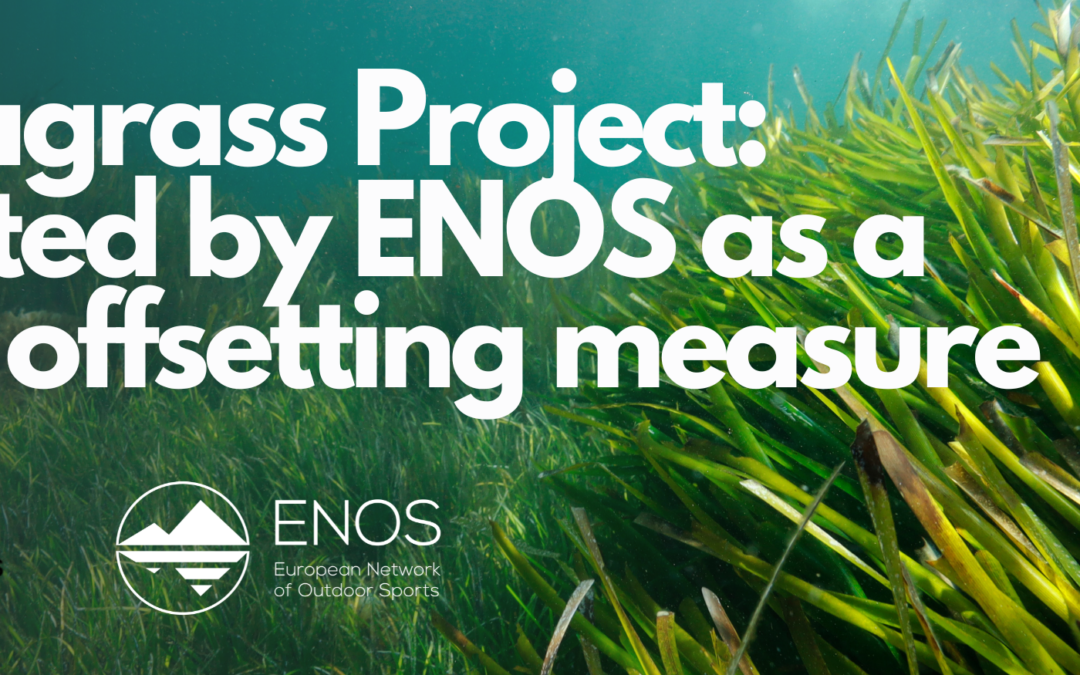This year ENOS has decided to donate to projects in the field to offset the carbon footprint calculated throughout the year. The first of these projects is the Seagrass Project, presented in the following article by one of the project managers:
Established in 2013 by a group of seagrass scientists, Project Seagrass is a global marine conservation organisation securing a future for seagrass. We do this by creating, empowering and collaborating with communities; by leading, championing and communicating scientific research; and taking direct action to map, conserve and restore seagrass meadows globally. We seek to reach a world in which seagrass meadows are thriving, abundant and well managed for people and planet.
Project seagrass
Every aspect of the project rests on these three pillars:
Community – we are creating a community around seagrass by generating awareness and understanding of these critical habitats. We collaborate with governments, organisations, businesses and individuals to save, protect and restore seagrass.
Research – we lead, champion and communicate cutting edge scientific research which underpins everything we do. We provide and advocate for open access data to enable effective conservation action and address the global challenges facing seagrass.
Action – we conserve, restore and advocate for seagrass meadows all over the world. We develop and deploy methods and tools to make saving the world’s seagrass a reality.
We’re delighted to be supported by the European Network of Outdoor Sports, meaning together we are “Taking action together for the sustainable and responsible development of outdoor sports across Europe”.
Louise Swindell, Fundraising and Relationship Manager
Should members of the ENOS network wish to support we would encourage you to take part in our Citizen Science programme, SeagrasSpotter.
There are some simple steps to follow;
- Look at the current spotter map for local sightings of seagrass. Where is was, where it is, where it isn’t and updated sightings are all vital data in our mission to save the world’s seagrass.
- Plan a route – walk along the coast. (We suggest ending at a pub, although other establishments are available.)
- Take photos using the SeagrassSpotter app or simple take photos and upload when you get home.
If there are a few people joining you on the walk, make it a bit of fun…
- Most sightings per team
- Most dense seagrass photo
- Best team photo with seagrass
- Rarest sighting
Find more about the project here:

